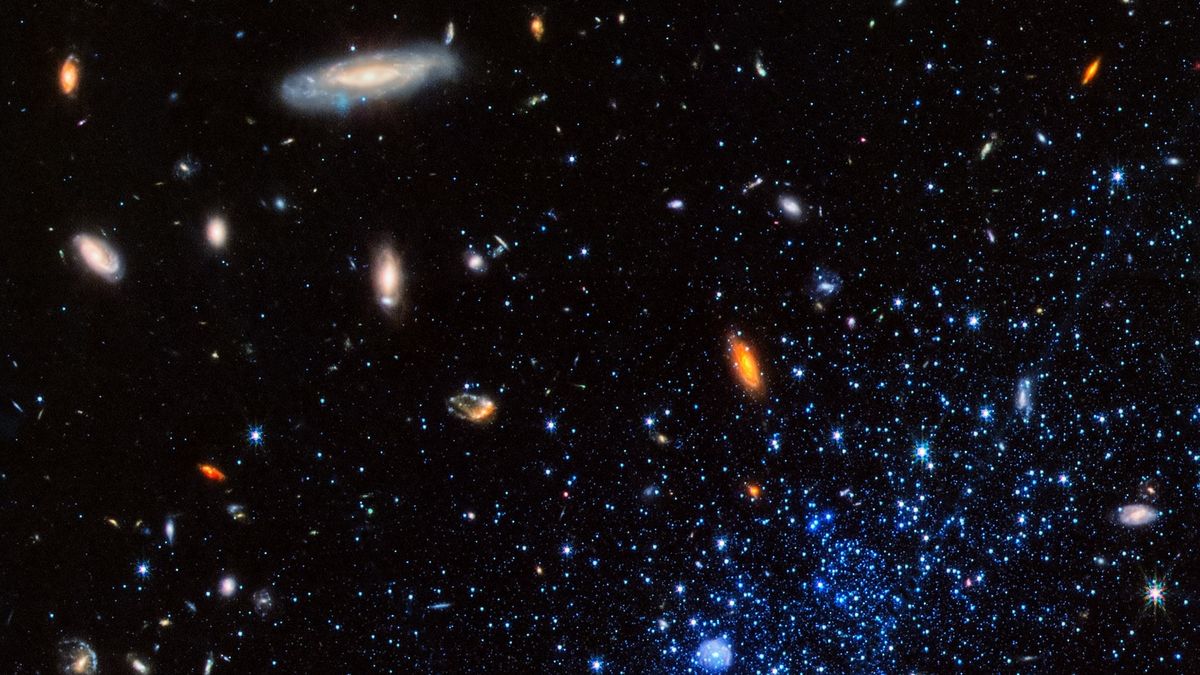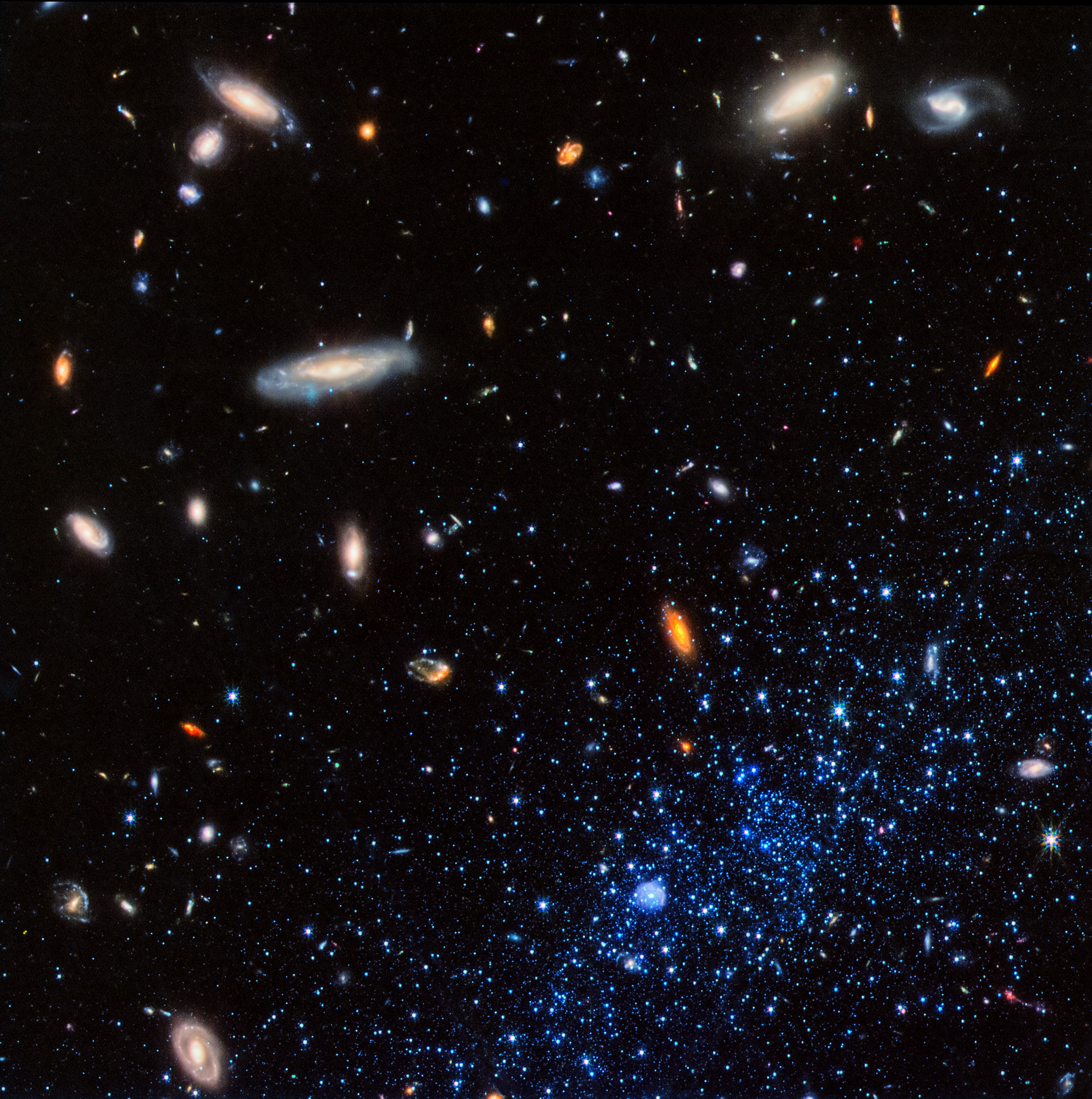
Overview: The dwarf galaxy known as Leo P
Location: Approximately 5.3 million light-years away, situated in the constellation Leo
Date Discovered: January 16, 2025
Significance: Most large galaxies, including our own Milky Way, derive from smaller “seed” galaxies that evolve through processes of collision and merging. These interactions lead to the formation of more stars as gas and dust integrate. Interestingly, some of these primordial seed galaxies have persisted unchanged for billions of years and predominantly contain only hydrogen and helium.
Among these is the irregular dwarf galaxy known as Leo P (with “P” denoting “pristine”). It is positioned at a sufficient distance from the Local Group—home to larger galaxies like the Milky Way and Andromeda—to evade their gravitational influence.
Explore More: 25 Stunning Nebula Images That Showcase the Universe’s Beauty
Leo P resembles the early galaxies from the dawn of the universe, providing astronomers with valuable insights into cosmic history. Initially identified in 2013, recent findings from the James Webb Space Telescope (JWST) have revealed that Leo P is surprisingly generating new stars.

This finding astonishes astronomers since small, isolated galaxies such as Leo P were previously believed to have ceased star formation around a billion years after the universe’s creation, during an era known as “the Epoch of Reionization.” This period marked the end of the cosmic dark ages, an epoch characterized by a dense fog of neutral hydrogen that obscured light. The initial stars exploded as supernovas, releasing energetic ultraviolet radiation capable of ionizing hydrogen atoms by splitting them into electrons and protons, as reported by NASA.
Discover More

The Celestron NexStar 8SE is an excellent motorized telescope for observing galaxies like Leo P, providing stunning details ideal for astrophotography. For a comprehensive evaluation, refer to our Celestron NexStar 8SE review.
Utilizing the Near Infrared Camera (NIRCam) aboard the JWST, scientists assessed the brightness and coloration of thousands of stars within Leo P. They determined that while star formation in Leo P initially occurred during the early universe, it seemed to halt shortly after the Epoch of Reionization, which was anticipated. Surprisingly, the researchers observed that the galaxy experienced a resurgence in star production after remaining inactive for billions of years. While astronomers have examined similar metrics for three other isolated galaxies—each of which ceased star formation permanently—it remains unclear why Leo P has resumed this process.
To uncover further insights into the evolution of star formation, the JWST will now investigate four additional isolated dwarf galaxies.









